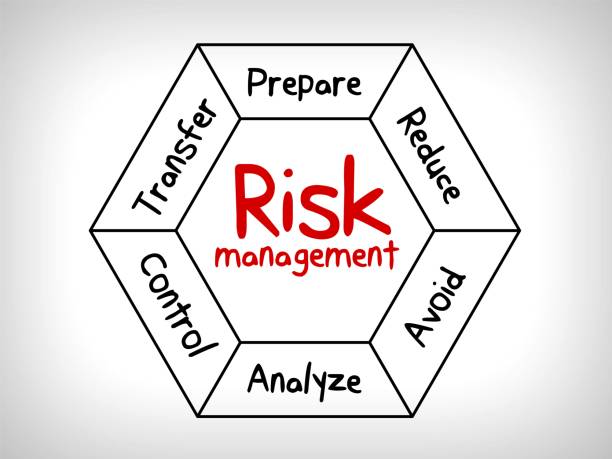1. Day Trading
Day trading is the process of buying and selling cryptocurrencies in a day to take advantage of short-term price fluctuations. Traders study charts, technical indicators, and trends to make rapid decisions. This strategy demands:
- Excellent technical analysis skills
- Thorough knowledge of market trends
- Rapid execution and decision-making

2. Swing Trading
Swing trading is a medium-term approach where a position is held for a few days or weeks to benefit from price movements. Technical and fundamental analysis are used by traders to forecast market action. Important features are:
- Determining entry and exit points
- Market sentiment understanding
- Managing risks effectively
3. Scalping
Scalping is all about executing numerous small daily trades to benefit from small price movements. Scalpers require:
- A good trading plan
- Low trading commissions
- High market liquidity

4. Arbitrage Trading
Arbitrage trading involves buying a cryptocurrency on one exchange and selling it on another at a higher price to make a profit. This strategy requires:
- Monitoring multiple exchanges
- Quick execution
- Awareness of transaction fees

5. Trend Trading
Trend traders ride the general direction of the market and make trades according to the momentum. They employ:
- Moving averages
- Relative Strength Index (RSI)
- MACD indicators
6. Position Trading
Position trading is a long-term technique in which traders keep assets for years or months. This technique demands:
- Fundamental analysis of projects
- Patience and discipline
- Risk management
7. Grid Trading
Grid trading is a technique in which multiple buy and sell orders are placed at regular intervals, taking advantage of market fluctuations. It is best suited for:
- Automated trading systems
- Volatile markets
- Risk diversification
8. News-Based Trading
News-based trading is based on market-moving news and events. Traders respond to:
- Regulatory announcements
- Adoption trends
- Economic policies

9. Dollar-Cost Averaging (DCA)
DCA means investing a set amount at regular intervals, mitigating the effect of market fluctuations. Advantages are:
- Less exposure to risk
- Simpler long-term investment planning
10. Risk Management Strategies
Risk management is essential for any trading strategy. Proper risk management entails:
- Setting stop-loss and take-profit points
- Diversifying portfolios
- Avoiding emotional trading


